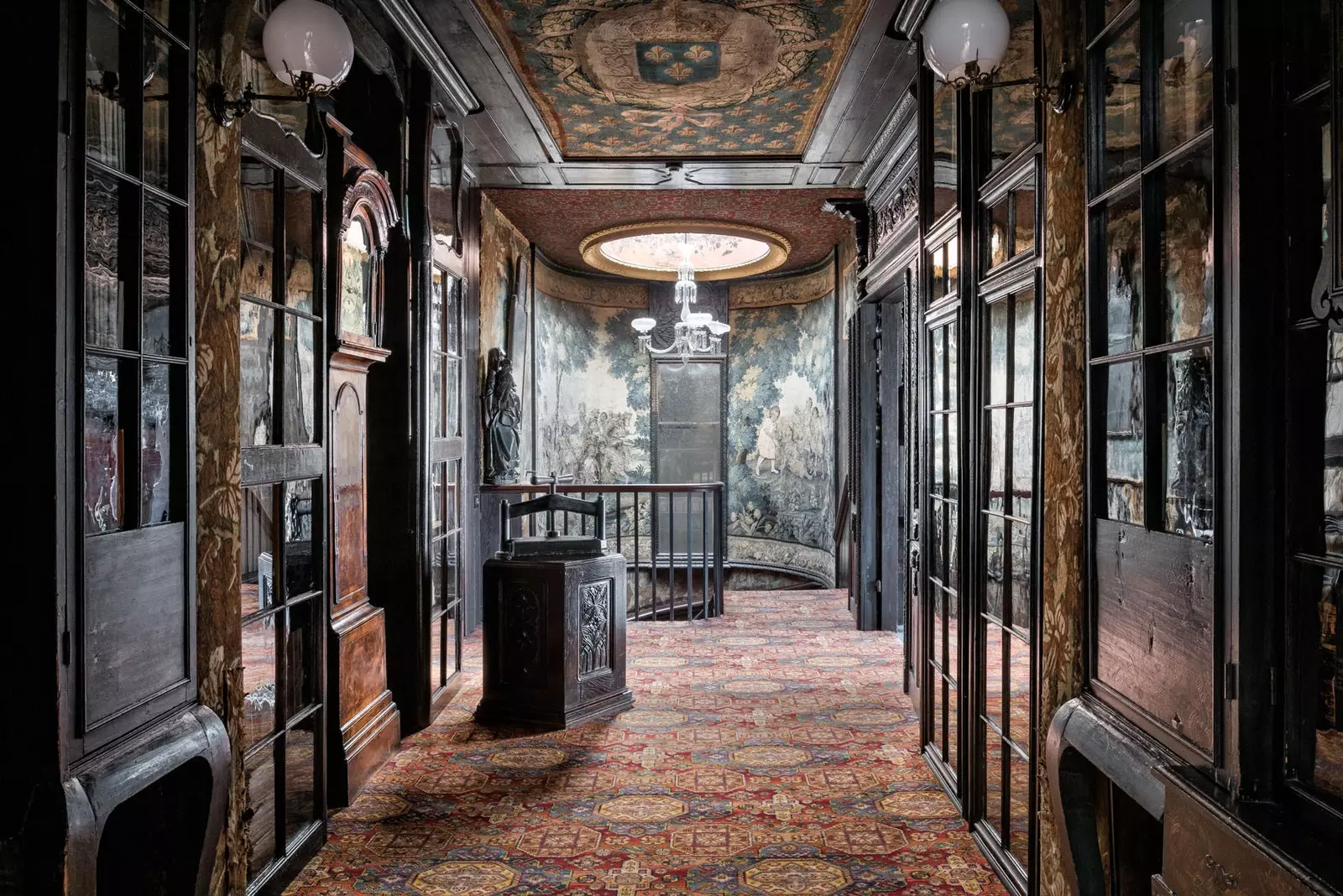
The Hauteville House Tapestries
Hauteville House stands on top of Saint Peter Port, in Guernsey , one of the islands of the English Channel, where Victor Hugo spent fifteen of the nineteen years of his exile during the reign of Napoleon III.
In this house they were born many of the works of the French writer: Les Miserables, The Workers of the Sea, The Man Who Laughs, The Legend of the Centuries, The Theater in Freedom...
Now, the Victor Hugo House Museum in Guernsey has reopened its doors to the public after being closed for a year and a half for renovations, carried out by the Paris-Musées association, the owner of the house, and François Pinault, the owner of the Kering group.
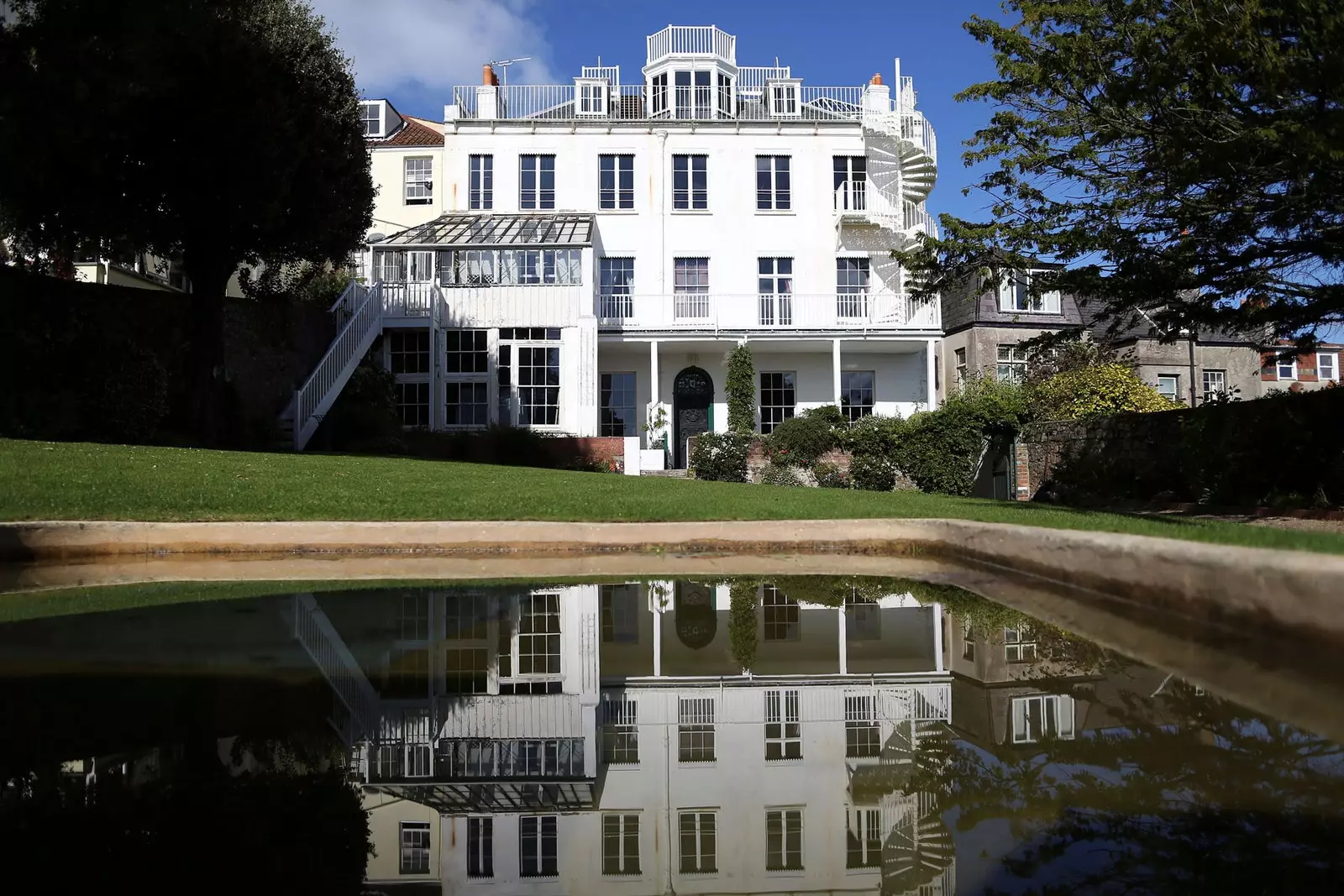
Hauteville House, the house where Victor Hugo resided for fifteen years
VICTOR HUGO, WRITER, CONSTRUCTOR AND DECORATOR
After Louis Napoleon Bonaparte's coup d'état on December 2, 1851, Victor Hugo was forbidden to stay in France, and a year later, in Belgium.
When in 1855 he was forced to leave the island of Jersey, he ended up settling in Guernsey, also belonging to the archipelago of the Channel Islands.
“From now on, I will be in my own house, the walls, floors and ceilings will be mine; I will be an owner, a landowner, the sacred in England. The joists and masonry will be mine; I am curious to see if the English stone will be able to defend a French exile. It is a curious experience and worth the effort", said Victor Hugo in a letter to Jules Janin.
With the profits that he obtained from the compilation Las Contemplaciones, the writer purchased Hauteville House in 1856, which belonged to the family until 1927, when it was donated to the Paris City Council by Victor Hugo's granddaughter, Jeanne Nègreponte, and the children of her grandson, George Hugo.
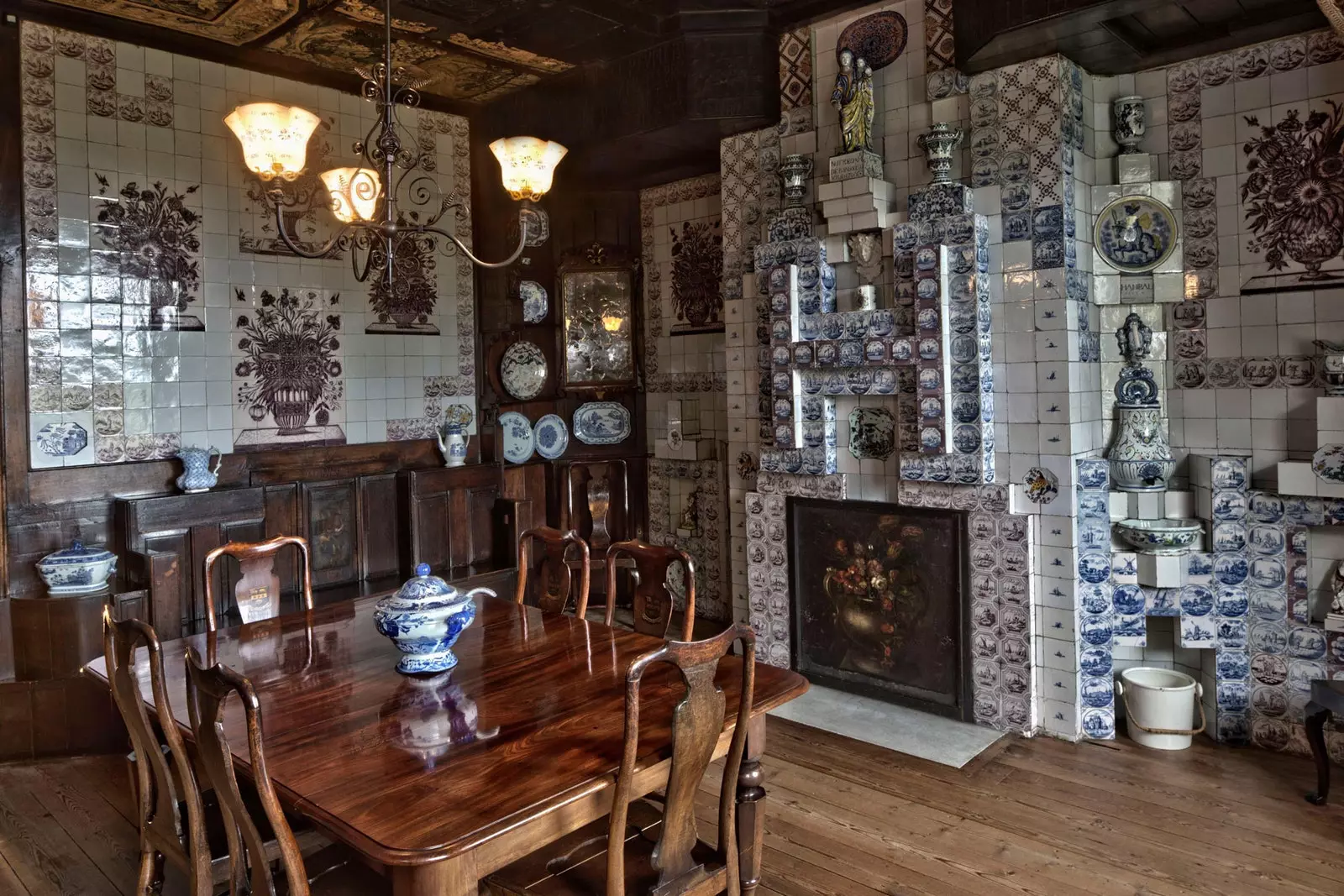
Hauteville House dining room
The objective of the restoration program has been recreate the original look and interiors of the house as they had been conceived by the Victor Hugo, who was in charge of the interior design as well as the decoration, creating a place full of symbols and allusions to his texts, his philosophy and his particular vision of the world.
FIVE SPACES FULL OF INSPIRATION
In Hauteville House, Victor Hugo reused objects from everyday life and combined furniture and decorative elements from very different styles and materials: tapestries, wood panels, and felt and ceramic items.
The innumerable details of the house refer to literature, it is the spirit full of pain of the exiled poet, at the same time that they confirm his ideals and his confidence in the human being.
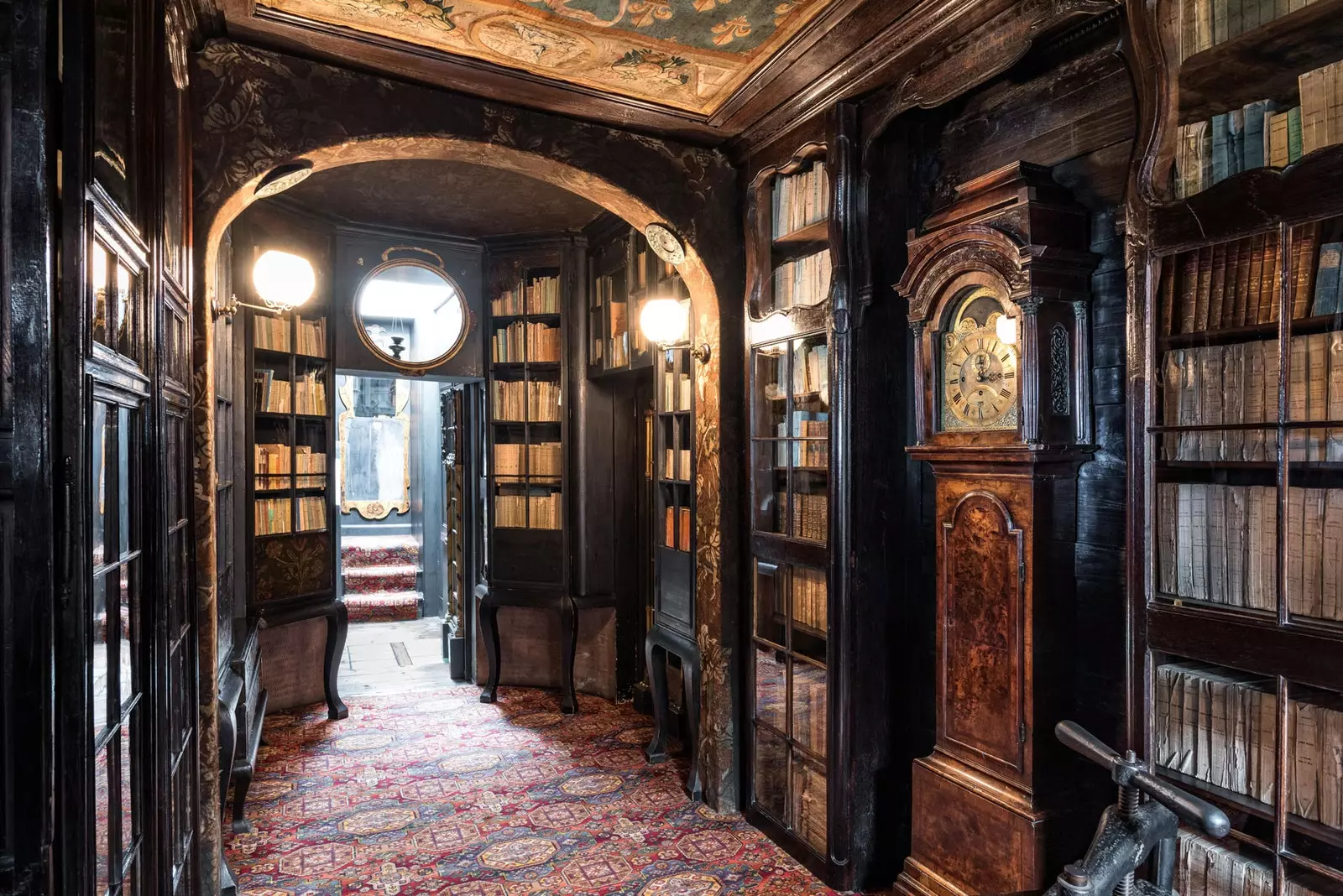
The books, illustrious inhabitants of the mansion
The visit begins on the ground floor, where a billiard room welcomes us with portraits of the Hugo family and drawings from the famous series “souvenirs” from his travels.
After her, we went to tapestry room, framed in oak wood. A corridor with walls and ceilings covered in porcelain takes us back to the lobby, from which you access the dining room, whose walls are covered with Delft tiles and wood.
Two large rooms, one red and one blue, occupy the first floor while on the second we find a renaissance-inspired wooden gallery which served as office and room.
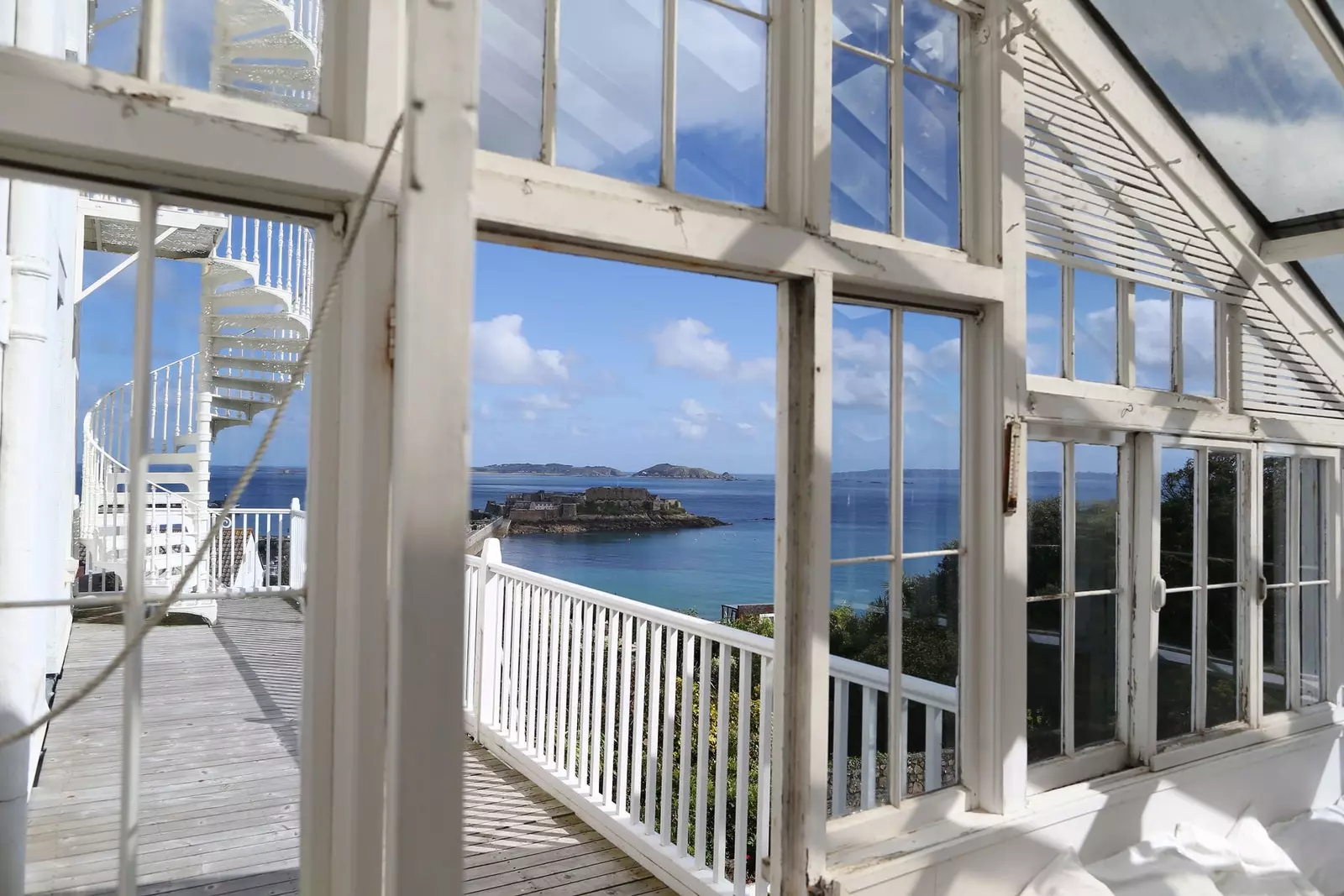
The sea, a source of inspiration
On the second floor landing the library houses some titles that Victor Hugo decided to leave in the house.
The third floor of the house hides one of the favorite corners of the writer, the viewpoint from which he contemplated the sea and from which he could see the old town of Saint Peter Port, Havelet Bay and even the French coast.
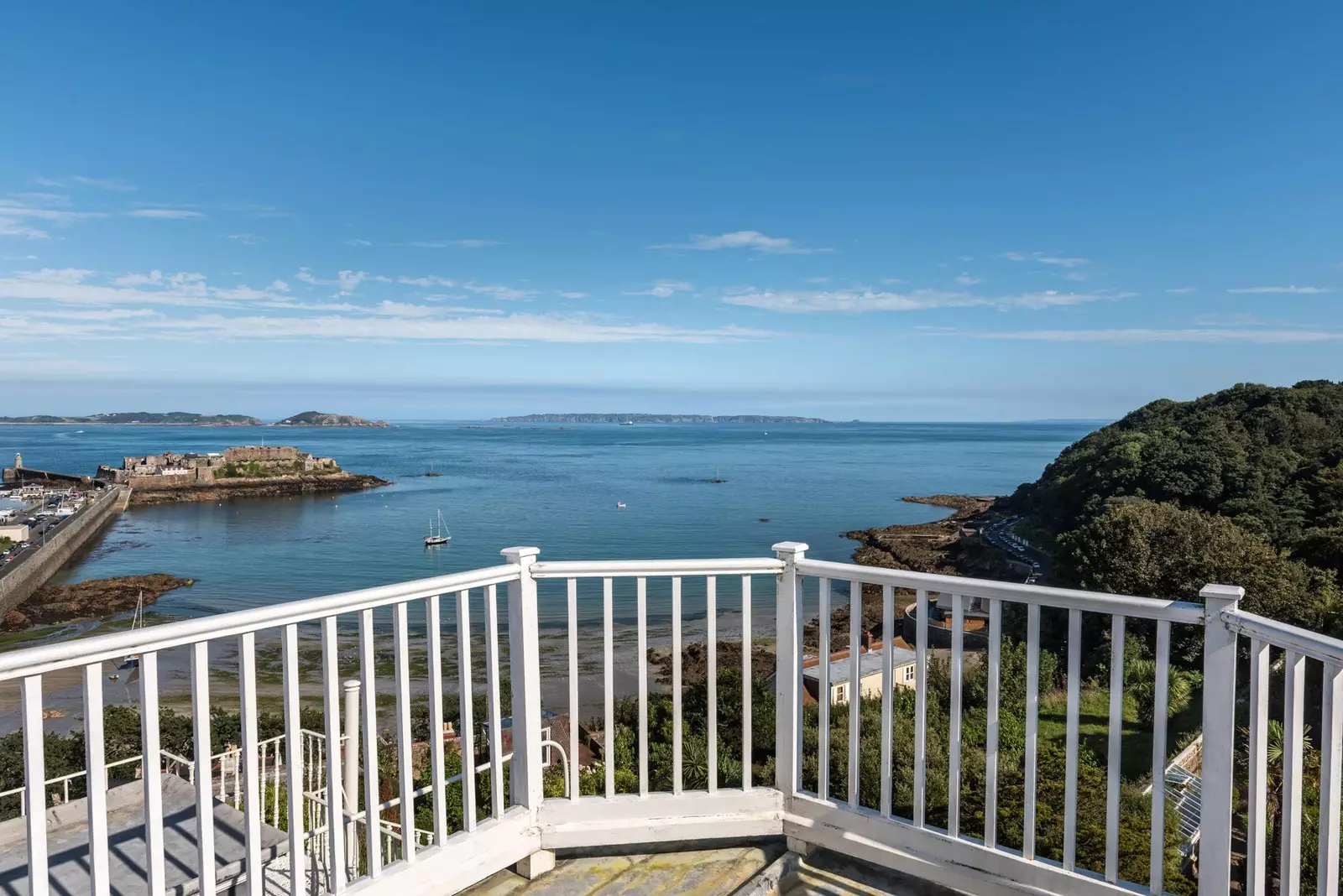
The viewpoint, one of Victor Hugo's favorite spots
In the Hauteville House garden You can still visit the oak planted by Victor Hugo in 1870 after his return from exile.
Based on research carried out by the museum in the garden originally conceived by Victor Hugo, landscape artist Louis Benech He has recreated the garden of the mansion in the most faithful way to his original project.
The interventions carried out by Victor Hugo show the modern architectural vision of it. For example, he made modifications to make the separation of inside and outside disappear, removing the wall to allow light to enter, thus integrating nature into the house.
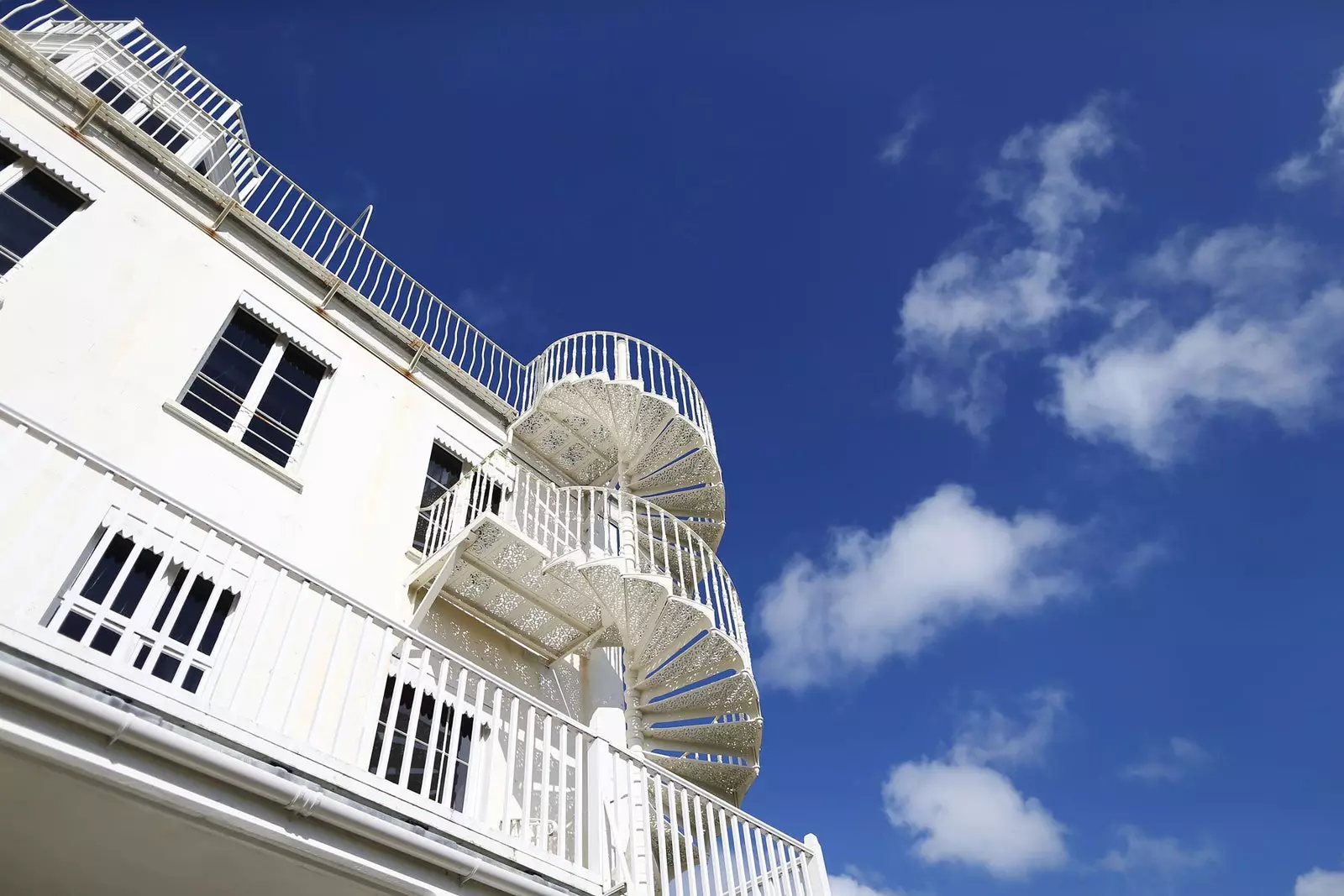
In addition to being a writer, Victor Hugo demonstrated his talent for architecture and interior design at Hauteville House
PRACTICAL INFORMATION
The Victor Hugo House Museum will be open to visitors every year from april to september and will only be allowed with a guide and in groups of ten people maximum , so you have to book the visit in advance.
You can check schedules and ticket prices here.
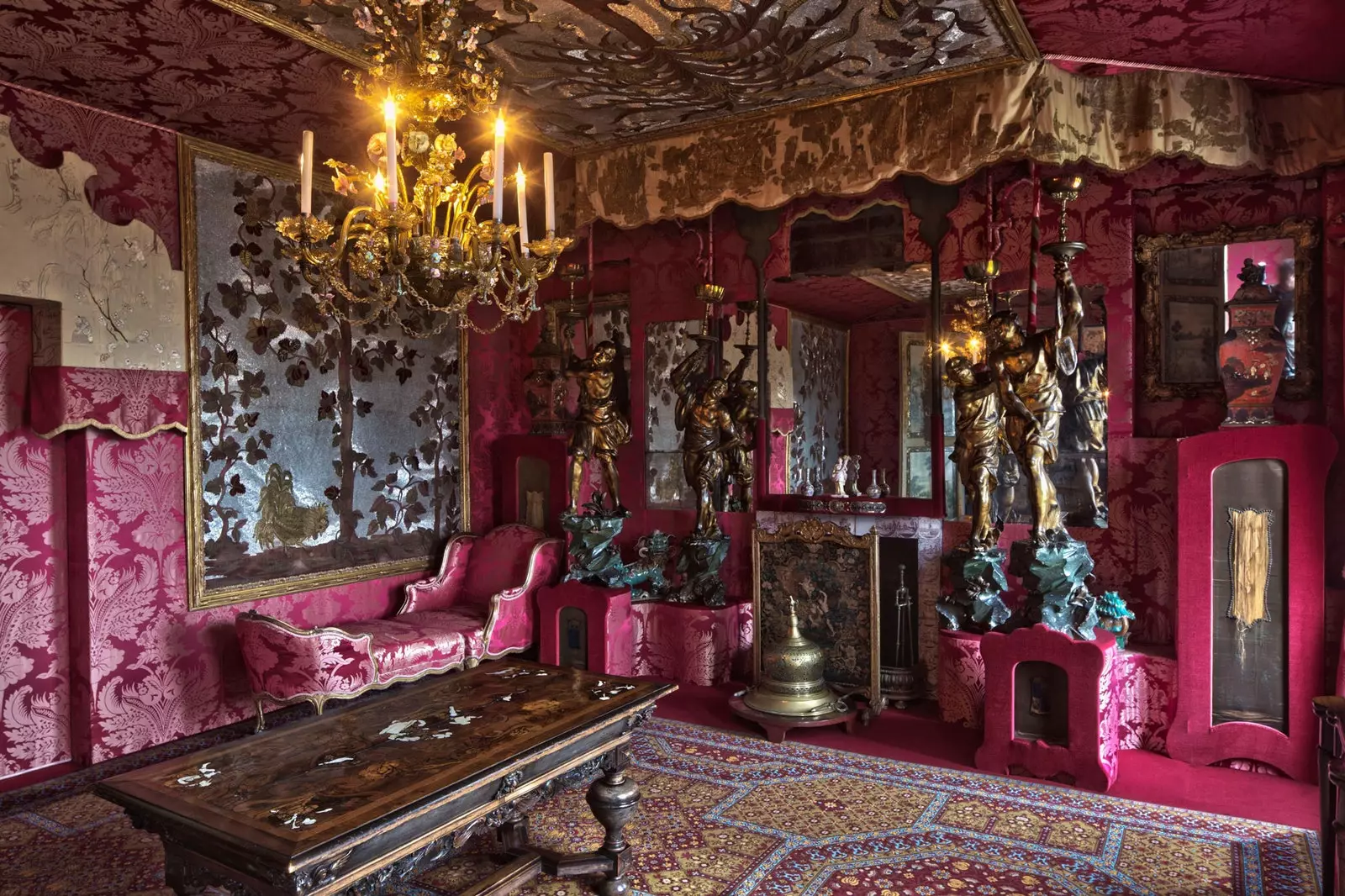
The Red Drawing Room at Hauteville House
